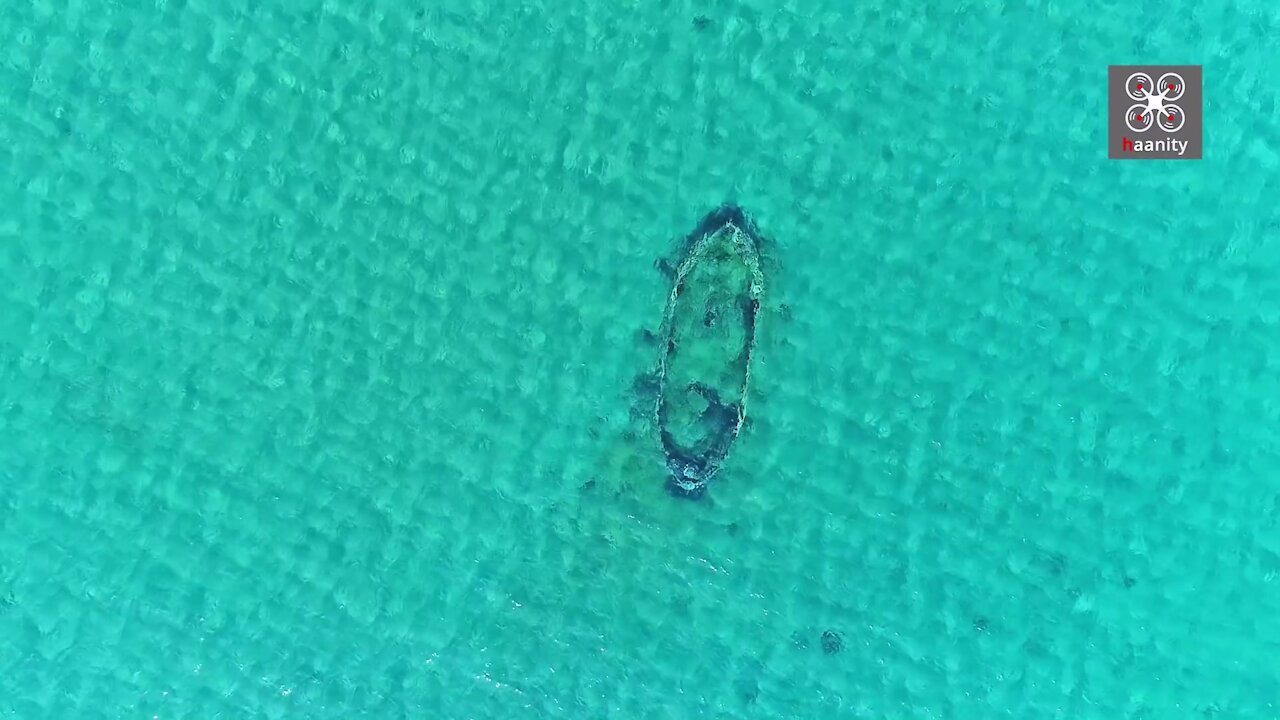Premium Only Content

This little piece of Paradise is only 40 mins from Athens, Greece
Did you know that in about 40 minutes from the center of Athens there is a unique place.
A sunken boat, a lonely island with a small church like it is from postcards and turquoise waters that look like a painting, compose this little piece of paradise on the outskirts of Athens.
We fly over Vravrona, Attica, south of Artemis, a place that in ancient times was a pole of attraction, which is why the Temple of Artemis was built there.
A few words about the area:
Vravrona is an important archeological site of Attica, known for the temple of Artemis that has given its name to the modern municipality of eastern Attica, but also to the neighboring coastal settlement of Loutsa (current name Artemis). It was built in a creek on the shores of the South Evian Gulf, near the current settlement of Loutsa. It was first inhabited from the Neolithic era. In the time of Theseus (Bronze Age) Vravrona was one of the 20 municipalities that united and formed the later Athenian state. Gradually, Bravrona became a place of worship for Artemis and a temple dedicated to her was built. According to legend during the Trojan campaign, the goddess Artemis demanded the sacrifice of Iphigenia to let the Mycenaean fleet sail to Troy. At the time of the sacrifice, Artemis saved Iphigenia and transported her to the land of the Bulls on the shores of the Black Sea. Iphigenia returned from there to Greece with the help of her brother Orestes. According to a variation of the myth conveyed by Euripides, Iphigenia on her return arrived in the area of Vravrona and became a priestess of Artemis.
The cult of Artemis in the area of Vravrona seems to have started in the 8th century BC, while the temple was built in the 6th century BC. In the following years there was a significant expansion of the place of worship. This extension of the prehistoric Bravrona took place in the times after the Mycenaean era and probably during the Geometric times. Among the ancient writers, Herodotus, Euphoria and Nonnus place Vravrona near the sea. Gradually, however, after the Athenian wars with the Macedonians, the area began to decline and seems to have been abandoned in the 2nd century BC, probably after floods. In fact, three centuries later, the traveler Pausanias mentions almost nothing about the region of Vravrona, except the myth mentioned by Euripides about the return of Iphigenia. The last references of the ancient place name "Vravron" are found during the Byzantine times in the grammar Theognostos (9th century AD) and in the dictionary of Souda (10th century AD)
-
 0:24
0:24
TapedTaco
5 years ago $0.02 earnedA little four piece - Modern warfare clips
2231 -
 0:21
0:21
playfair777
5 years ago $1.32 earnedA little trick from puppy spud
1.4K -
 0:53
0:53
Leks
5 years ago $0.01 earnedlittle squirrel from Siberia
1623 -
 0:57
0:57
ViralHog
5 years agoLittle Fox Take Food From Cats
172 -
 4:14
4:14
ViralHog
5 years agoRescuing a Poor Little Kitten from Drainage Pipe
1582 -
 0:52
0:52
WGBA
5 years agoWorking from home with little ones
280 -
 0:23
0:23
KERO
5 years agoPita Paradise moving to take-out only
8 -
 0:20
0:20
MarkusD
5 years ago $0.04 earnedLittle Max
3251 -
 2:37
2:37
haanity
5 years agoSecret unknown paradise island in Greece
4.92K1 -
 0:14
0:14
Louzzoo
5 years agoNosey little parrots won’t let Bella the Cocky nest in piece
84